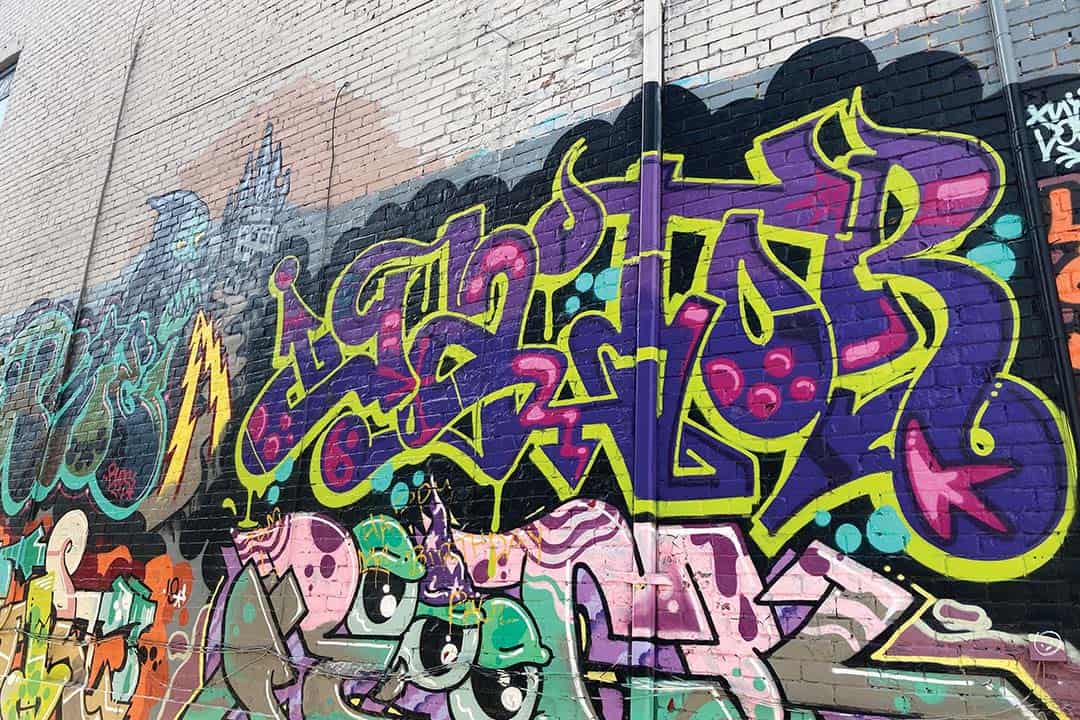There’s no admission fee to see the mural on your street corner because public art is for everyone. It dresses up once-drab buildings and gives them new life as a canvas. In Toronto, we have the luxury of a diverse public art scene, complete with painted traffic signal boxes and graffitied underpasses.
Yet, ensuring that all artists from diverse backgrounds get the chance to showcase their artistry is still a work in progress. Hidden behind our favourite murals is a political powder keg. Who deserves to have their work represent our city? Should priority be given to minority artists who have been traditionally discriminated against in the art world?
In art galleries like the Art Gallery of Ontario, art historians and curators are carefully hired to choose which art to display. The ‘gallery’ of Toronto’s streets doesn’t have that luxury and instead outsources the curatorial work to a program called StART. The program emerged in 2012 as a way to showcase and compensate local artists while reducing the amount of illegal graffiti art. Artists submit their designs when the city announces a project site, and a committee from the City of Toronto StART department decides which artist’s design best suits the project site.
The StART website states that the program’s goal is to “transform underpasses with street and graffiti art.” Graffiti style art has traditionally been excluded from formal government art projects for its association with marginalized communities. Also, traditional graffiti art has been mainly a male-dominated style. Women have had trouble breaking into the world of street and graffiti art.
It seems the StART program is trying to change that. The Varsity interviewed Lula Lumaj, a Toronto artist who has worked on many public art projects from traffic signal boxes to concrete barriers. She said, “In the graffiti arts… women are given fewer opportunities than men in general.” With that in mind, Lumaj emphasized that it is fair for the StART program to hire minority artists who have not had many artistic opportunities, many of whom have been “rejected over and over because of their colour, race, and gender.”
Lumaj also pointed out that the City still has a long way to go in terms of including minority artists. For those who have been excluded from artistic opportunities for so long, it is essential that they are given boosts and encouragement. This is to ensure that the art we show is as diverse as our city.
Lumaj added that for her, and all of us within this city, these public pieces “hold a powerful presence in the public streets.” Therefore it’s essential that they offer representation for everyone. Not just for the sake of artists but for those enjoying the art too. For example, Lumaj did a Bell Box mural at Richmond Park Blvd and Lansbury Dr with the focus of showing the experiences of “resilience and strength… [in] the Chinese Canadian community.”
Ultimately, public art makes our sidewalks, roads, and generally boring urban architecture into galleries in their own right — they become what Lumaj describes as “beacons of light.” When the city funds art everywhere, it is no longer restricted to the eyes of those with the money or time to see galleries, it truly becomes for everyone. Toronto has to shoulder the responsibility not just for reducing illegal graffiti or showcasing local artists, but for making sure that the art shown is as diverse as its city. The art that StART promotes must mirror the program’s values and commitments, namely its commitments to diversity in all areas, especially our public galleries.


